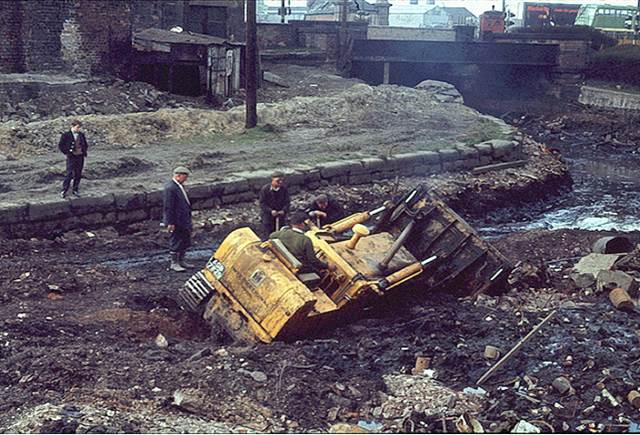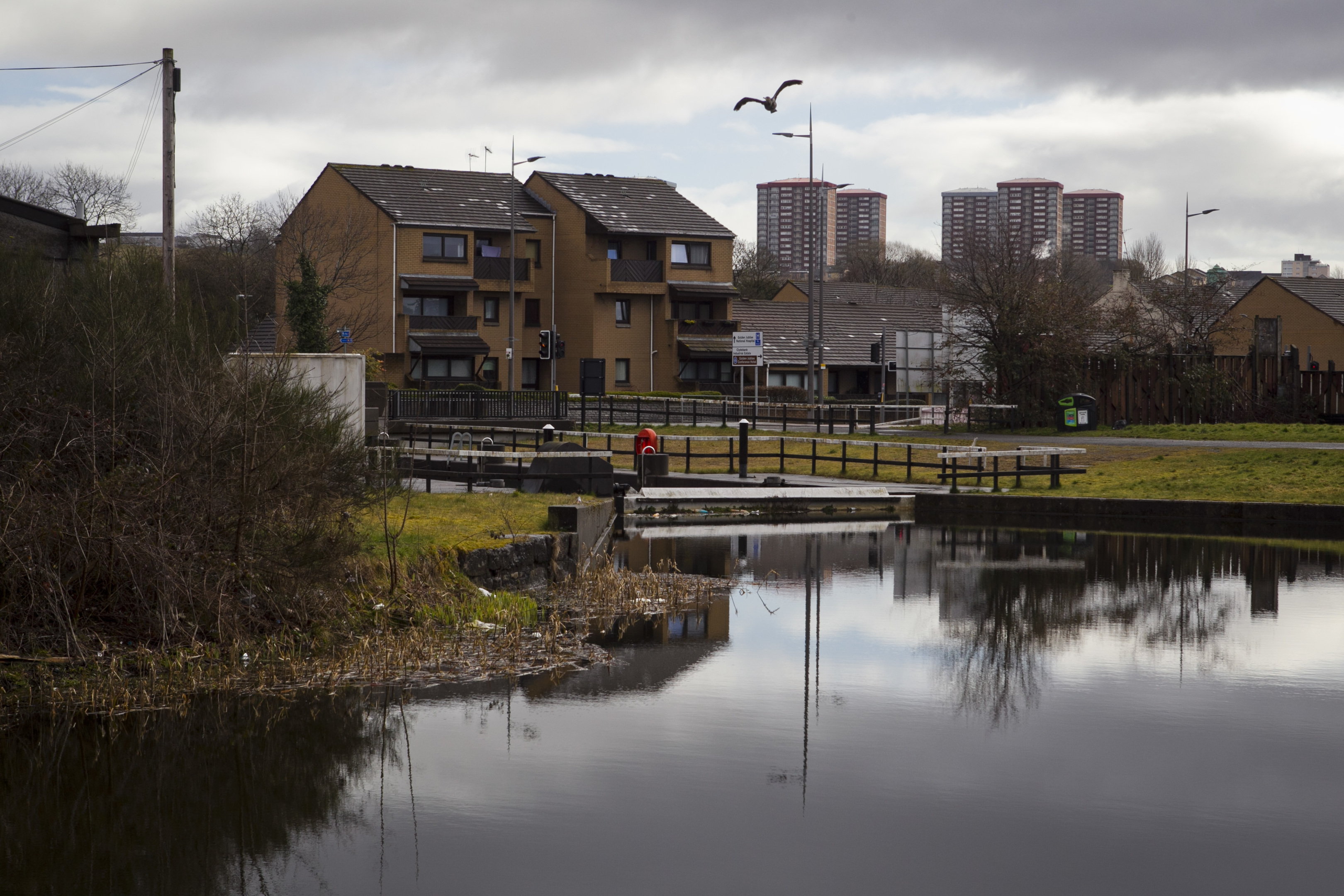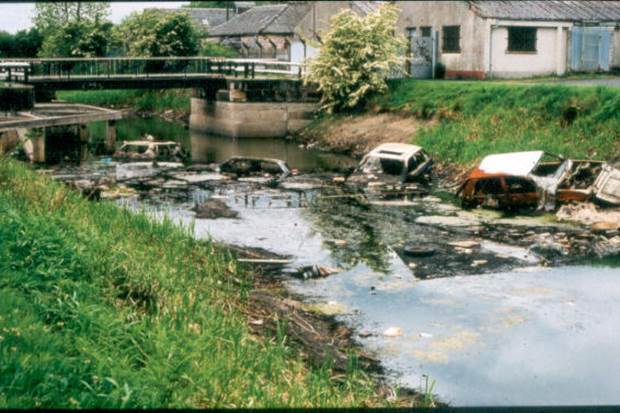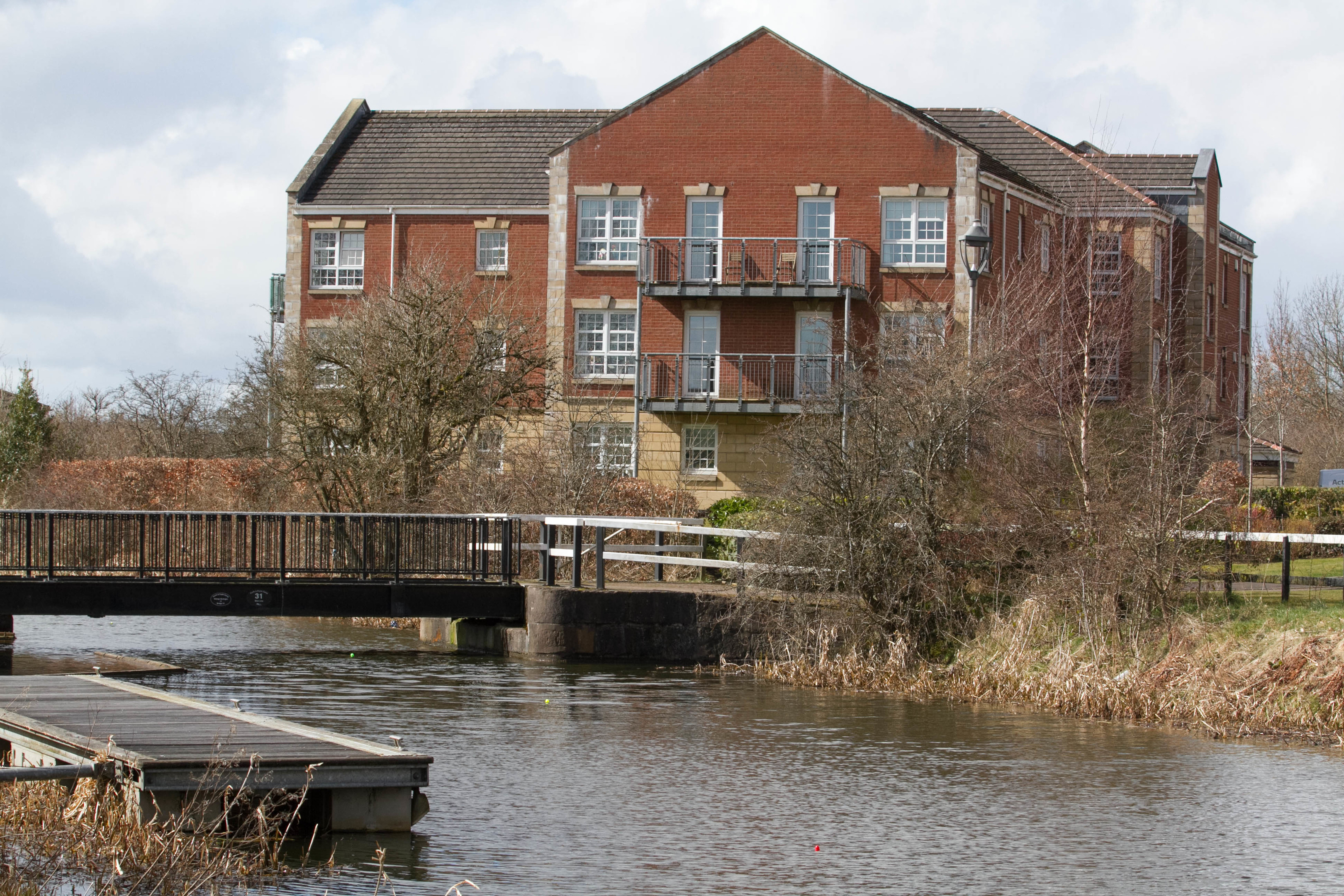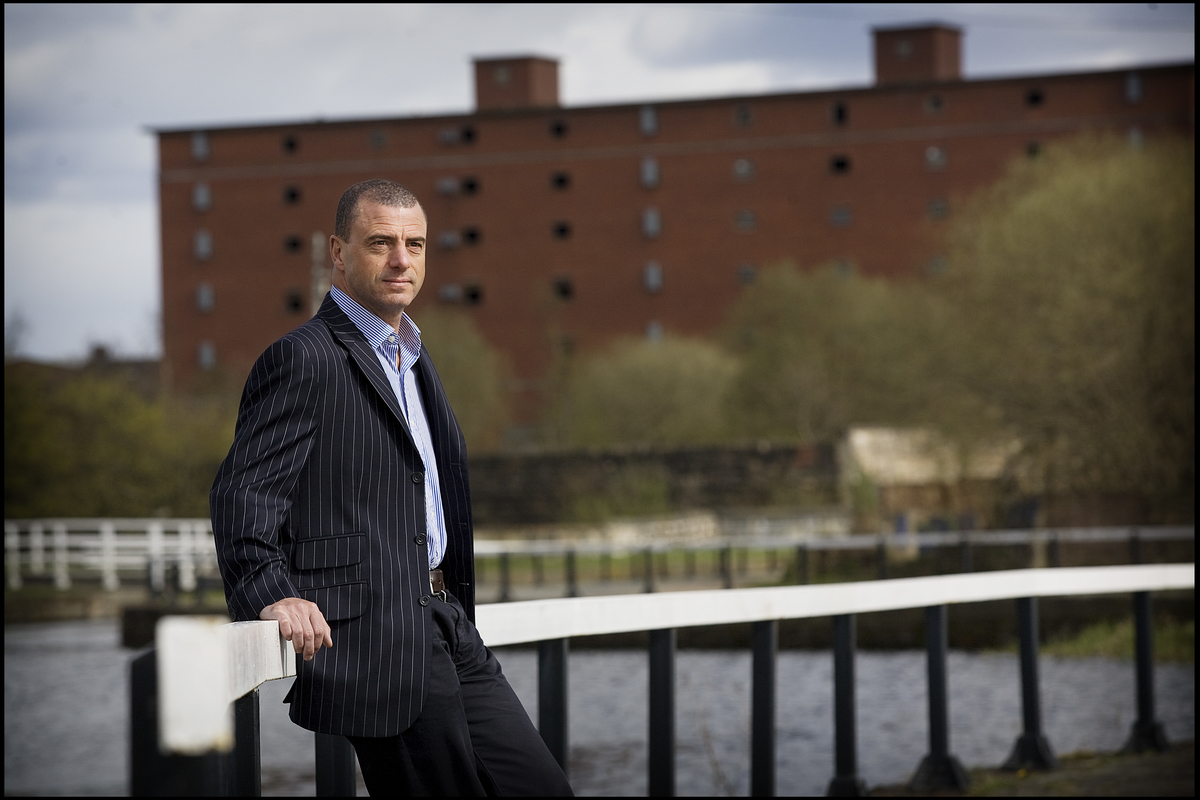
THE future of Scotland’s canals will be shaped online.
A new app, developed by Stanford University in California, will allow users to tell canal managers what they love – and hate – about waterways across the country.
And the boss of Scottish Canals says it’s part of a vital new step in helping make them more relevant in the 21st Century. Their vision is that more of us than ever will be spending our leisure time – and even living – down on the water.
It’s an astonishing transformation of what was once the network that powered the country’s industrial heritage but then became weed-choked, rotting eyesores.
Scottish Canals’ chief executive Steve Dunlop said: “Our canals were allowed to fall into complete and utter dereliction,”
“When their original economic purpose was served, we turned our back on them.
“They fell into chronic decline and ultimate failure, particularly in the lowlands.
“They were disgraceful, synonymous with rat infestations and public health hazards and they lay like that for generations.
“Canals that were once drivers of economic activity, became the symbol of degeneration in many communities.
“If public authorities didn’t love the canals, that had an effect on local pride and the communities that grew up alongside them.
“We were guilty as an organisation of being really short-sighted and we are still trying to make up for that.”
The app project, launched at a meeting last week with partners Glasgow Caledonian University (GCU), aims to take further the rebirth of the canals.
Our Voice has already been used in more than a dozen countries around the world, allowing communities to have a say on their own concerns.
“We want people who live by, use, or indeed don’t use, the canals to become citizen scientists,” said Seb Chastin, lead researcher at GCU.
“You open the app, take a picture and just talk into the microphone, saying if you like whatever it is or not. It’s geotagged so we know where that spot is. We then make it available so it can be discussed at community meetings or analysed by Scottish Canals. It highlights things people like and enjoy but also things that stop people using canals.”
Some of the issues flagged up, perhaps to do with lighting or towpath improvements, may be able to be tackled relatively easily. Others will be more substantial projects.
“We want to be able to demonstrate the benefits the canals are bringing are genuine,” said Steve Dunlop.
“A lot of it’s to do with wellbeing. We know people love walking, cycling, fishing and boating, but we want to measure the benefits to public health. By analysing the feedback, we’ll be able to see what else we can invest in.”
The transformation of the canal network over the past couple of decades has been astonishing.
The decline had become endemic and the waterways that were once full of laden barges had become dumping grounds. In just one sad instance, a small-time garage simply pushed scrap cars out of the back and into the water.
At Port Dundas in Glasgow the old basins were a rubble-filled wasteland. Now the modern Pinkston Watersports Centre has Scotland’s only artificial whitewater course and other activities that have made the area a popular destination.
Elsewhere, housing and leisure developments are being planned.
This spring will see the opening of a canalside hub in Fort Augustus with a restaurant and visitor centre.
And the Falkirk Wheel and the Kelpies are two internationally famous examples of the changes.
It’s a regeneration the Our Voice initiative will help to move forward, with millions more being invested.
“These assets are 250 years old and after huge growth they saw decades of decline,” said Steve.
“In the past 20 years we’ve completed a restoration phase.
“We’re in a renaissance – we’ve fixed them and now it’s not about what they are for, but who they are for.”

Enjoy the convenience of having The Sunday Post delivered as a digital ePaper straight to your smartphone, tablet or computer.
Subscribe for only £5.49 a month and enjoy all the benefits of the printed paper as a digital replica.
Subscribe